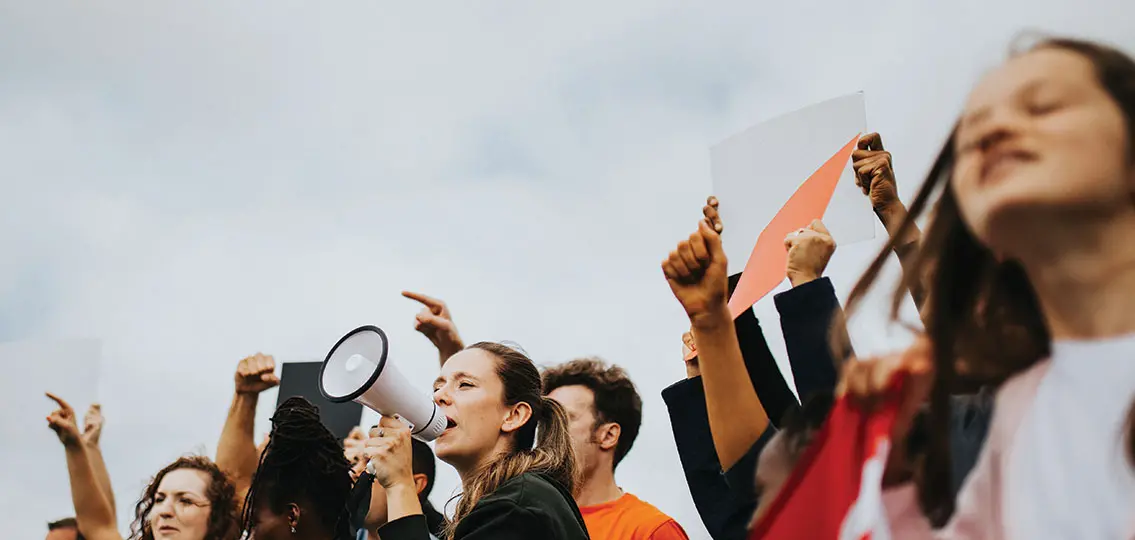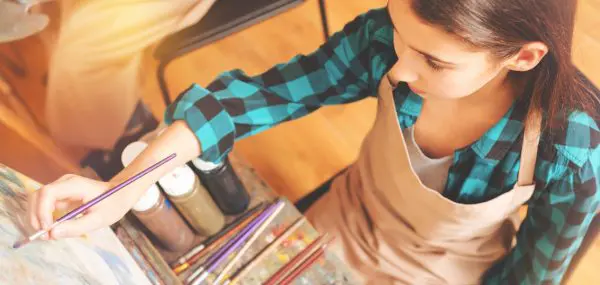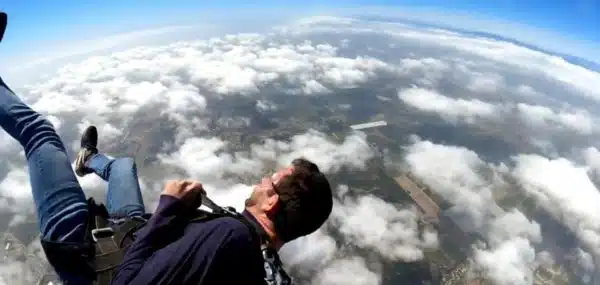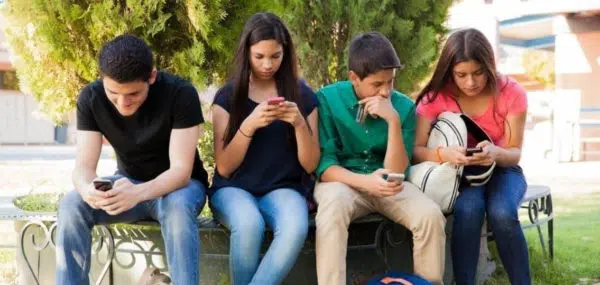Given how constantly connected teens are, it’s not surprising many feel anxious about the state of the world. News of the latest shooting scrolls across their smartphone screens. They learn about our warming planet and receding polar ice caps in science class. Perhaps they’ve read that 2018 was the fourth straight year that hate crimes grew in number, resulting in a 30% rise over the previous four years.
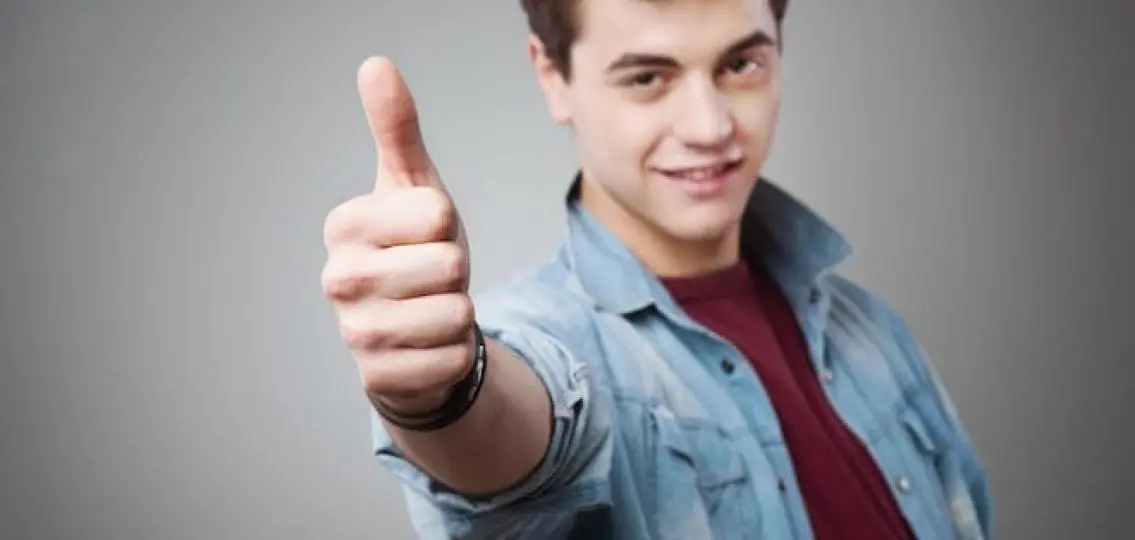
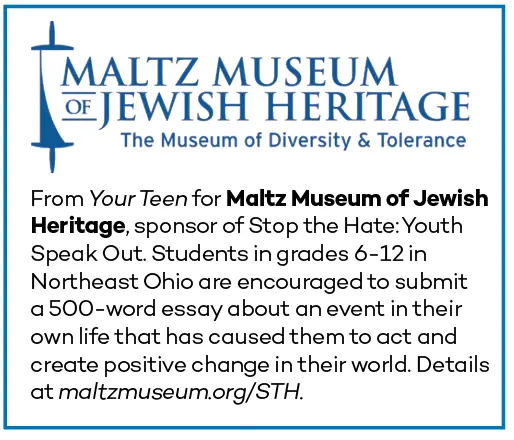
Channel that Angst
Finding a way to express themselves in the face of troubling news and their own traumatic experiences is key, says Sarina Natkin, a licensed clinical social worker, parent coach, speaker, and author in Seattle. “Traumatic memories are stored in a different part of our brain than other memories, and it may be challenging to put these experiences into words,” says Natkin. “Research shows artistic expression may help us access and process those memories when words fail us.”
Creative outlets like writing, music, and drama are great ways to process emotions. Teenagers can also feel empowered through activist art, by reflecting what they see in our world and expressing how they’d like society to change, says Natkin.
The Power of the Arts
Showing our teens how writers, artists, and musicians throughout history have used their talents as a platform for societal change is one way to make this point. For example, “Leonard Bernstein: The Power of Music,” on exhibit at the Maltz Museum of Jewish Heritage in Beachwood, Ohio, provides a compelling example of the power of the arts.
Bernstein used music to reflect on and respond to the events happening around him, says Ben Becker, manager of public programs at the museum. “His music expressed his fear and hope as an American Jew who lived through World War II and the Holocaust, the Vietnam War, and other turbulent social change.”
The exhibit includes clips from Bernstein’s 1989 Christmas concert that marked the fall of the Berlin Wall. Bernstein led an international ensemble as they played Beethoven’s Symphony No. 9, substituting the word “freedom” for “joy” during “Ode to Joy.” The concert was simulcast on screens near the Wall, as citizens continued to chip away at it.
| [adrotate banner=”153″] |
“Bernstein believed artistic expression was a valid way to fight injustice,” says Becker. “He said, ‘This will be our reply to violence: to make music more intensely, more beautifully, more devotedly than ever before.’”
Raise Your Voice, Make Your Voice Heard
In fact, this quote serves as the inspiration for an essay contest the Maltz Museum sponsors each year: Stop The Hate: Youth Speak Out. “We ask teens to tell about an injustice they’ve witnessed or experienced. We want to encourage students to stand up to injustice in their lives,” says Becker. Writing about their personal experiences, and their response to it, is a great way for teens not only to process their emotions, but to take command of the narrative.
Natkin encourages parents to model using their own voices to express themselves and create change in their communities. “Parents are their children’s primary role model. What are you doing to express yourself?” says Natkin. That expression could look like writing a letter to the editor or taking time to make artwork or play music in service of a cause you care about.
When your teenager shows concern about an issue, ask them how they’d like to make change, or give them a few ideas of how to make your voice heard and take action.
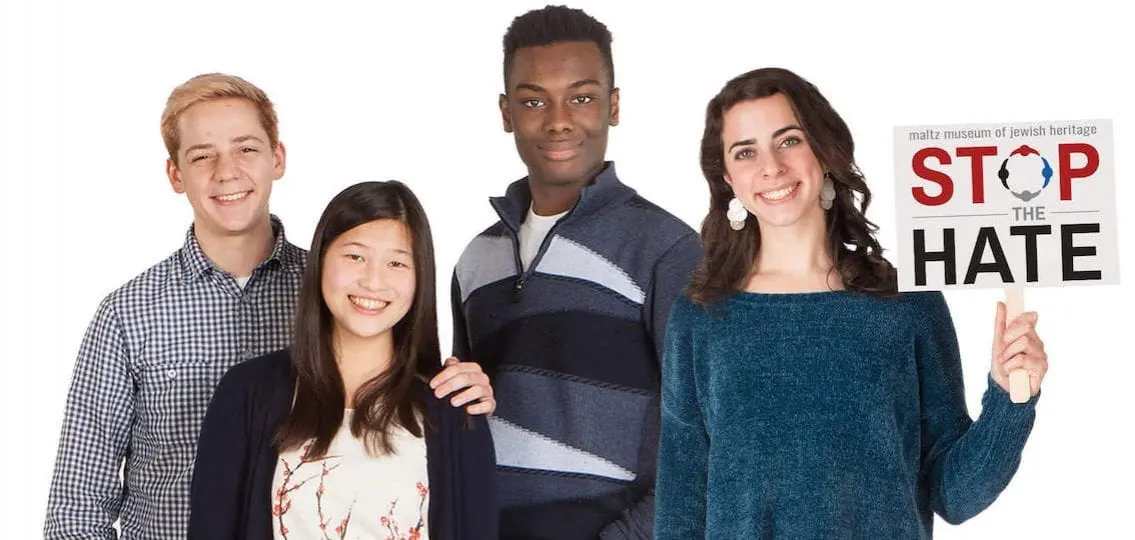
“We know that the teen brain is primed to take risks and solve problems creatively,” says Natkin. “If parents can help them use that energy around an issue they care about, we can eventually stand back and watch them change the world.”
